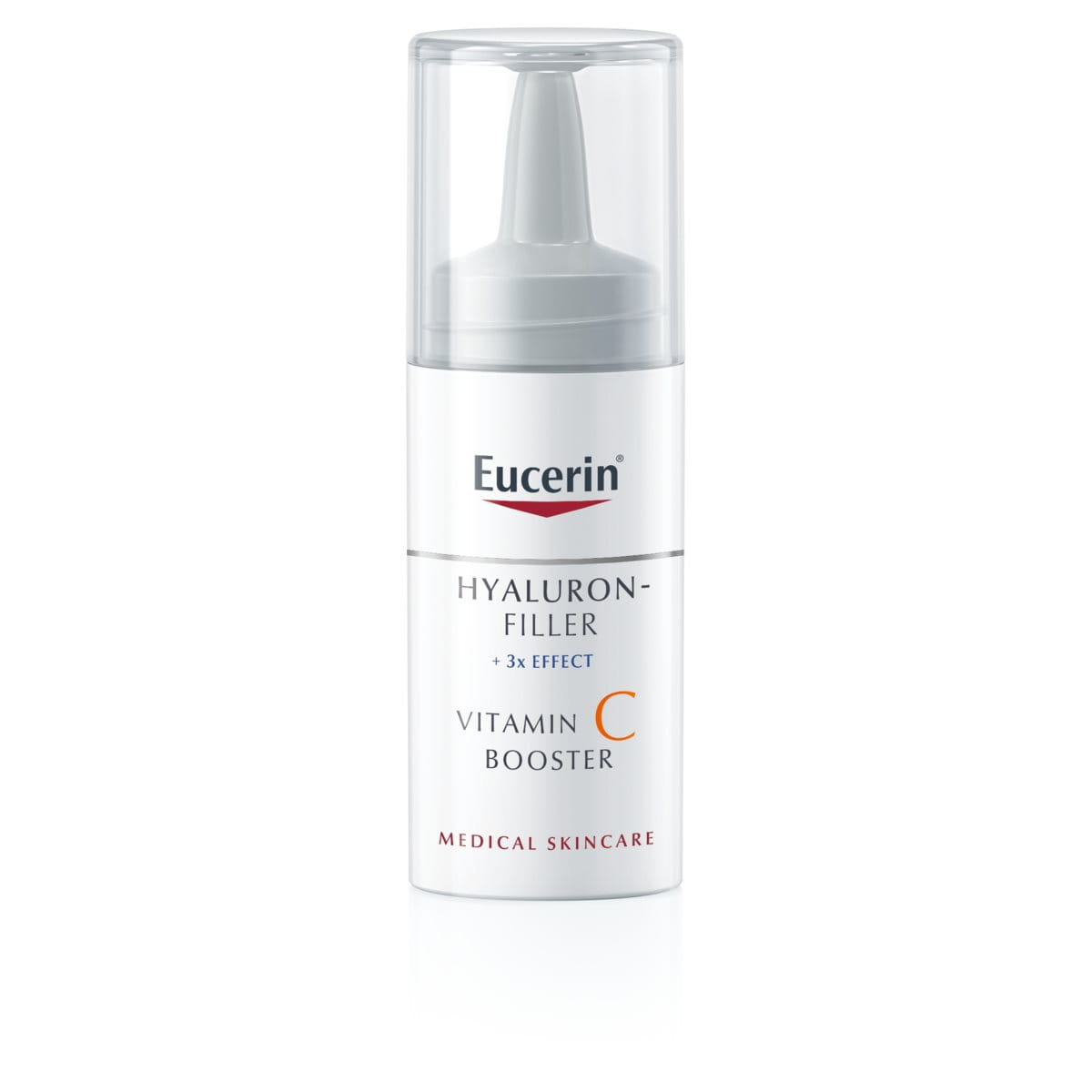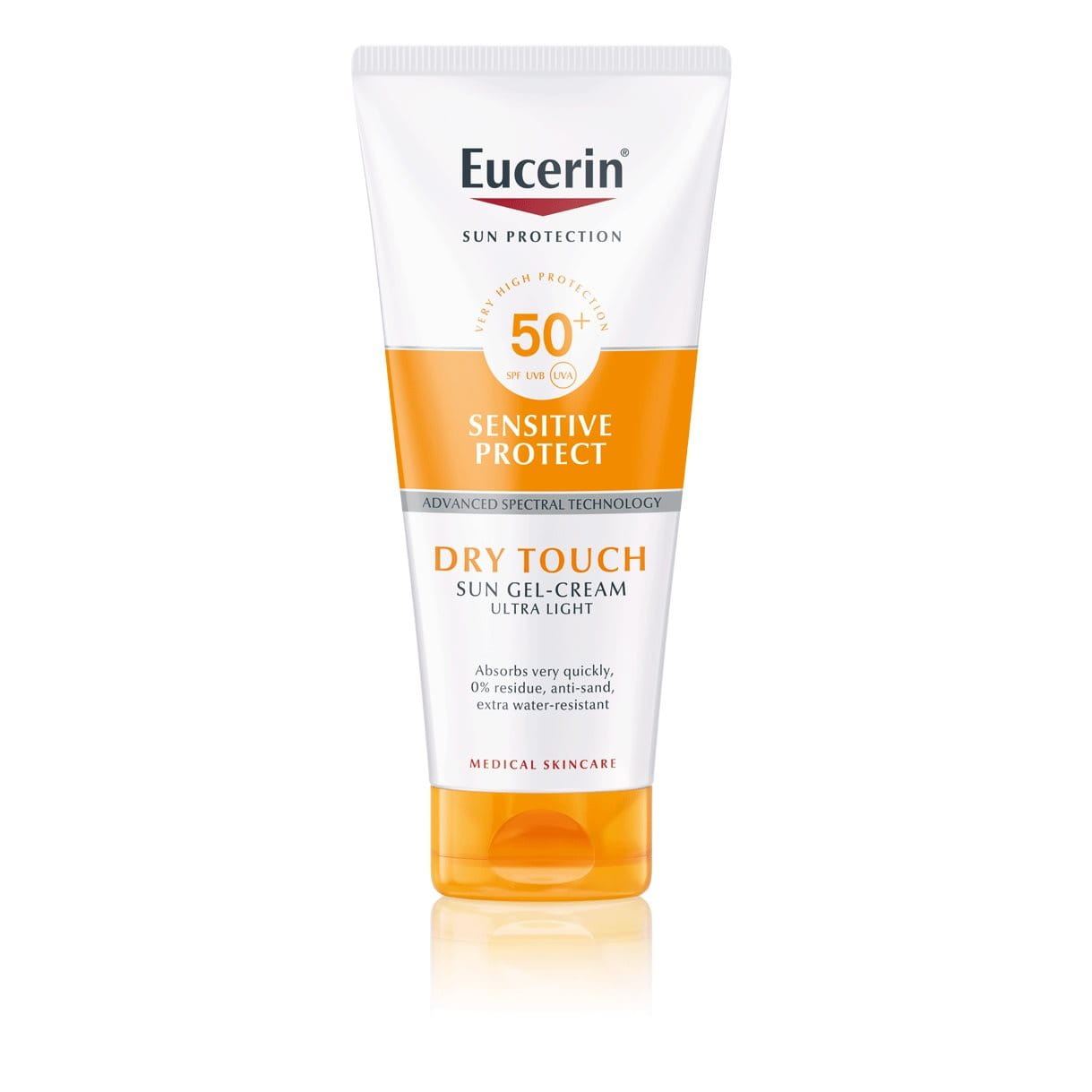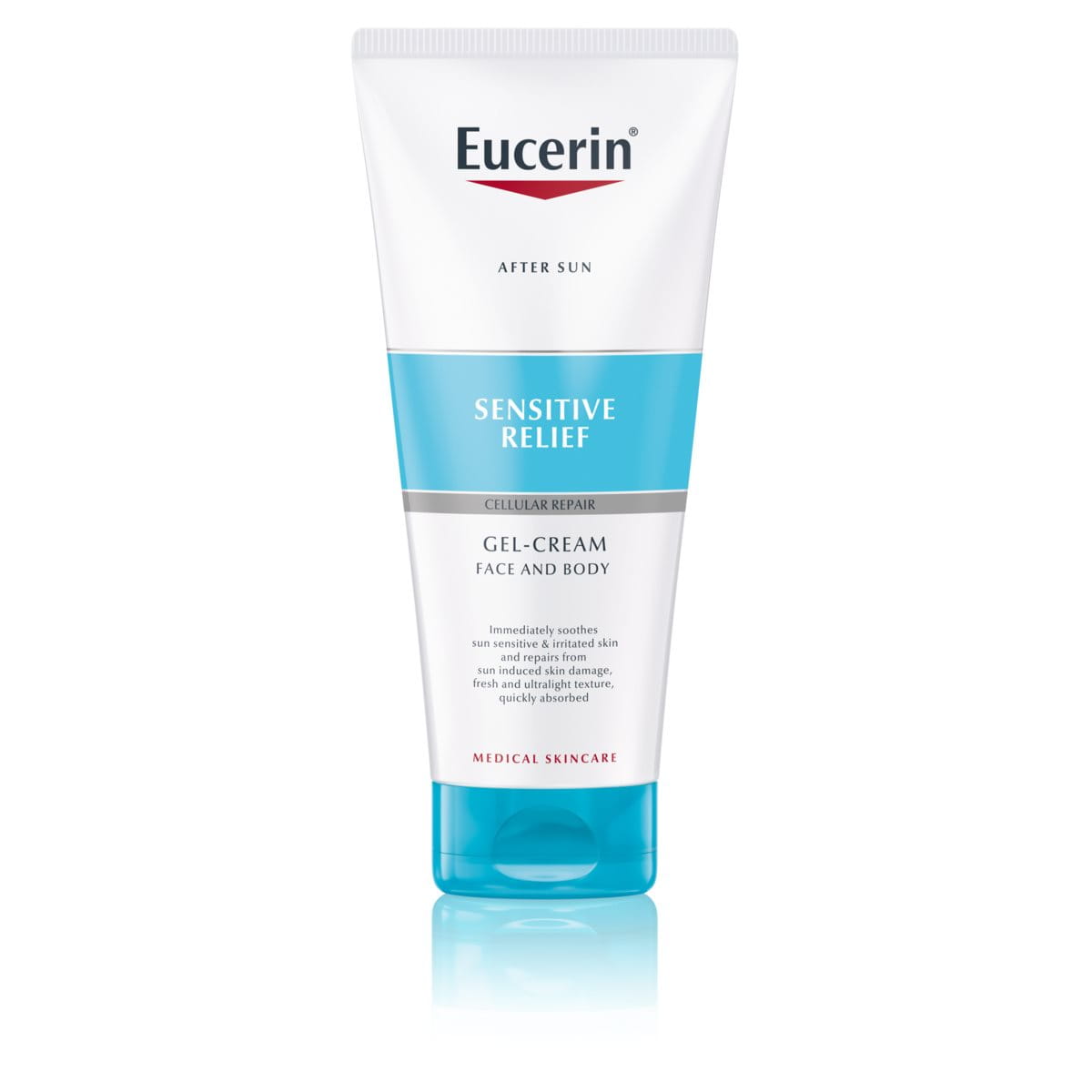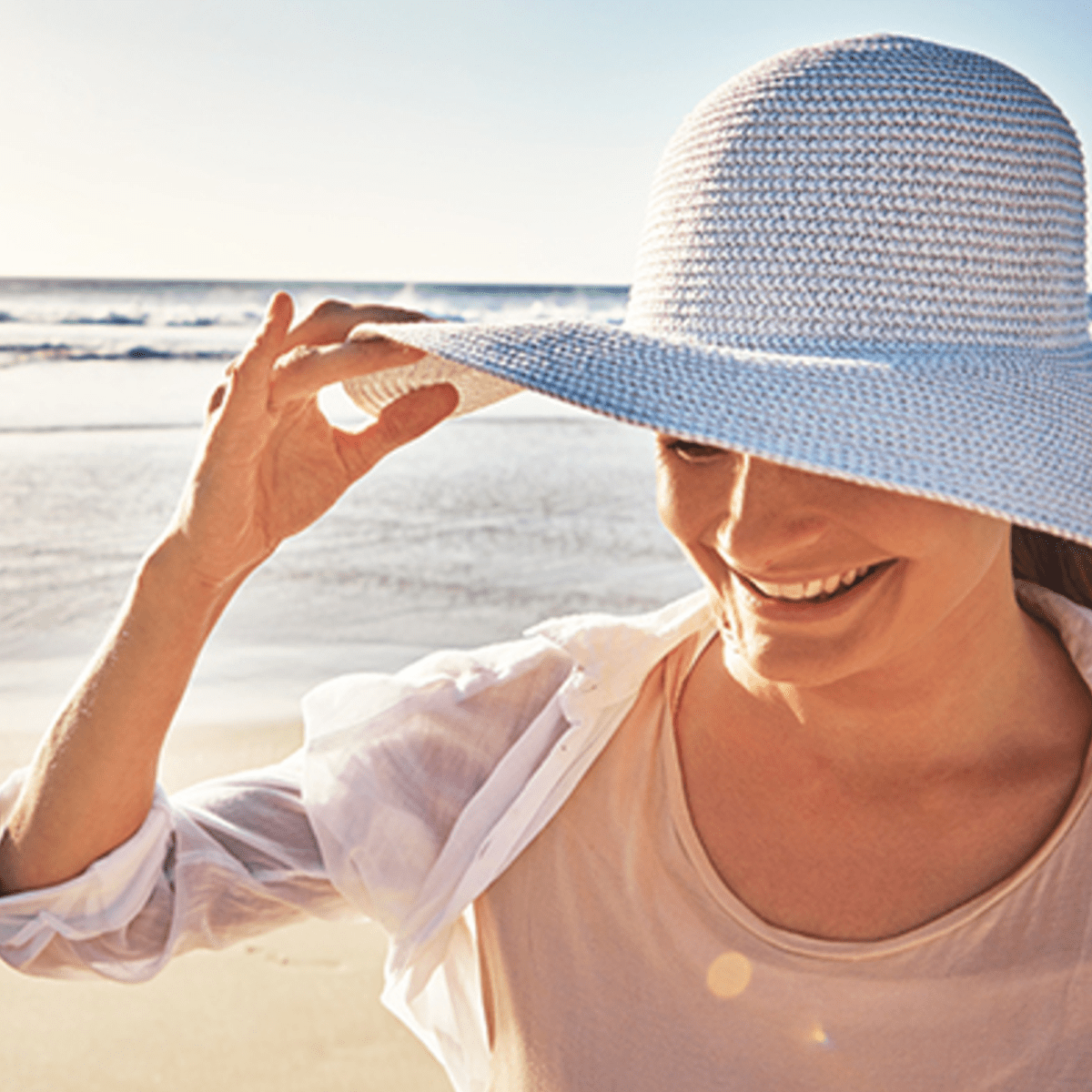What is sunburn and what causes it?
The skin is red, swollen, and aches – the effects of sunburn are unpleasant and, above all, harmful to the skin. The medical term for sunburn is dermatitis solaris. It is an acute damage to the skin caused by ultraviolet radiation (UV light for short). UVA and especially UVB radiation in sunlight is responsible for the appearance of bad sunburn and painful skin damage. Such sunburn can lead to long-term damage and increase the risk of skin cancer. That's why it's important to prevent even mild sunburns from occurring in the first place, if possible. There are several steps you can take to prevent and treat mild, moderate, or severe sunburn.
Common sunburn symptoms
Sunburn manifests itself through symptoms or side effects such as:
- the skin feels warm after spending time in the sun
- redness and occasional blistering
- pain
- swelling
Symptoms appear about 3 to 5 hours after sun exposure and are most severe after 12 to 24 hours. After about two days, the damaged skin may peel. After 72 hours, the side effects of a mild sunburn subside, and symptoms abate slowly until the affected skin areas are completely healed. The healing process is usually completed after about a week. Note that the process may take longer depending on the severity of the sunburn.
Areas that are most affected by sunburn

There are some parts of the skin that are more often or more extremely affected by sunburn than others. These include
- the face (especially the nose),
- the neck,
- hands and forearms as well as
- the arches of the feet (in summer).
- In women, the décolleté is also more frequently affected by sunburn.
Since the risk of a bad sunburn is higher in these areas, you should intensively care for them and provide them with sun protection. You can do so by applying skin care products with SPF (sun protection factor). For the face, we recommend the Eucerin Sun Fluid Sensitive Protect SPF 50+ for all skin types for the summer. It provides high protection against UVA/UVB rays and high-energy visible (HEVIS) light. Year-round, you can use a moisturizing day cream that also contains a SPF, for example the Eucerin AQUAporin ACTIVE with SPF 25 and UVA protection for all skin types or the Eucerin Hyaluron-Filler Day SPF 30. Both hydrate sensitive and aging facial skin and protect from sunburn and sun-induced damages. Also, consider these Eucerin sun protection products to prevent bad sunburn and care for less severe sunburn that has already occurred.












